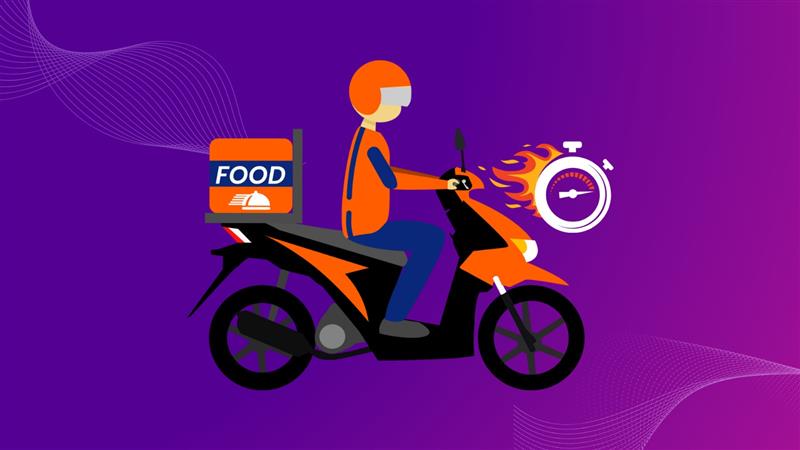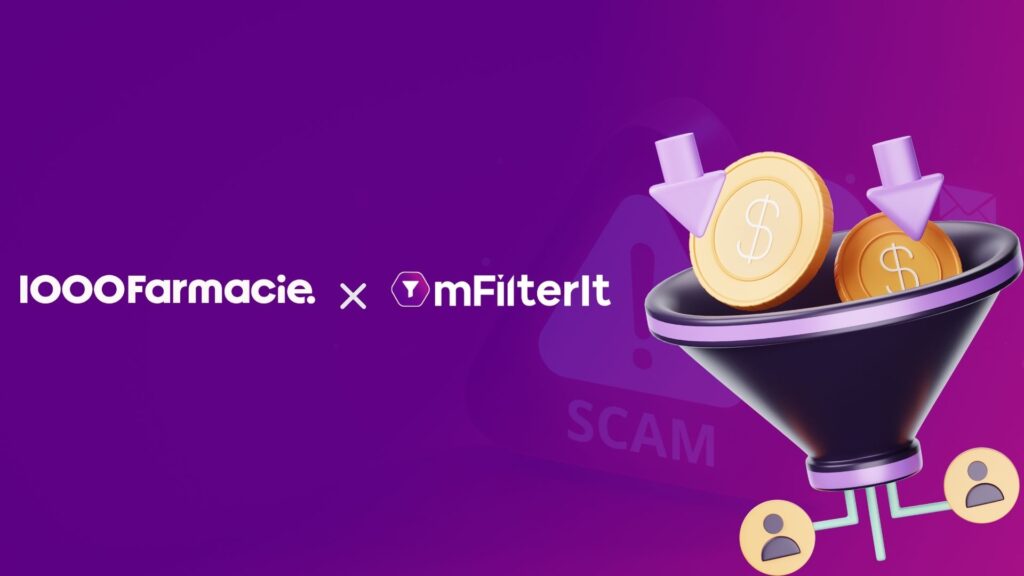After 2 long years, the travel industry is taking shape again. And this time it has come up with a hot trend.
Travel metasearch engines have been in existence for quite some time. However, due to the rush among travelers in the post-pandemic era, it has become more relevant in the current times. With its core features like price comparison, it is a hotshot among travelers. And not just for travelers, these platforms offer plenty of advantages to hotels and OTAs (Online travel agencies).
However, even these platforms are not safe from the cyber traps set by fraudsters. Know in detail about the travel metasearch engines and how fraud happens on these platforms.
Table of Contents
ToggleWhat are travel metasearch engines?
A travel metasearch engine is a platform that serves as a price comparison website. The customers can compare hotel and flight prices in real-time. These platforms work like an aggregators taking data from different sources across the internet like the OTA’s (online travel agents) or directly from the hotels. However, the travel metasearch platforms are not booking channels. They just serve as a search engine platform for various travel booking channels.
What is their revenue model?
The revenue model of travel metasearch engines is the same as the digital advertising platforms. Their revenue comes from metrics like CPC (Cost per click), CPI (cost per impression), CPA (cost per acquisition), and hybrid ads (a combination of CPA and CPC).
Is Meta Search a passing trend or future of travel?
The pandemic has brought a massive change in the behavior’s of the travelers. Along with the safety and hygiene, they are looking for more flexible deals and transparency in the price when planning a vacation.
To address these changes, the metasearch platforms have become more relevant with the current times. Apart from being a one-stop platform to show the best and budget-friendly deals, it is helpful across travel means and hotels.
The metasearch platforms address the core problems of travel portals. After the break of 2 years, the hotels and OTA’s want to be discovered and visible to potential travelers. To fulfill this gap, metasearch offers both discoverability and visibility on its platforms. They also add important information like ratings and reviews for the travelers to make an informed decision.
And with travelers taking more informed decisions and newer hotels & OTAs emerging, these metasearch platforms are here to stay for a long time.
However, there is a catch.
The meta-search platforms also come under the radar of cybercriminals.
Fraud in Metasearch Platforms
The metasearch platforms charge a cost per click or a commission from the advertisers. This offers a golden opportunity for fraudsters to exploit the system leading to the wastage of advertisers’ ad budgets and the manipulation of their data.
How Does Fraud Happen in Travel Metasearch Platforms?
- Bot Traffic: The fraudsters program bots to engage with the links of the advertisers on the meta-search platforms. These bots generate fake clicks and inflate the click rate on the advertiser’s website. On one hand, the advertiser receives a high number of clicks, but the conversion numbers remain low. In addition to this, the advertiser has to pay for every click to the metasearch platforms.
- VPN Proxy: Apart from generating bot traffic, the fraudsters also use VPNs to fake locations and IP addresses. This technique makes it difficult for the advertiser to differentiate between a genuine click and a bot-generated click and they end up with manipulated data.
- Competitor Clicks: In some cases, some travel websites also send bot traffic to their competitor’s listing to manipulate their data. They program the bots to generate fake clicks for the website and keep them under the impression that they are getting genuine traffic.
Impact of Fraud
- Compromised Data: Fraudsters program bots to engage with the links listed on the metasearch engines. These bots generate fake clicks which makes the advertiser believe that they are getting traffic. However, despite the high number of clicks, the travel platforms do not see any improvement in conversions.
- Influx in CTR: Due to the impression generated by bots, the CTR is impacted directly and misleads the advertiser. They are under the impression that they are getting genuine traffic. Whereas the reality is that they are only getting invalid traffic.
How can we make a difference?
We use the capabilities of AI, ML, and data science to detect bot patterns in the traffic coming from the meta-search platforms. With a deep analysis of the data, we identify the fraudulent IP addresses and blacklist them. This ensures that they will not impact the traffic of the advertiser in the future.
Final Words
Travel is all set to see massive growth after a halt of two years. And while it is an opportunity for hotels and OTAs to gear up and bring more traffic to their website, someone is watching their every move. Fraudsters are not just stealing money from ads, but they are also on a spree to manipulate the growth of advertisers listing themselves on metasearch platforms.
To ensure that your money is not wasted on invalid and non-converting traffic, get in touch with an ad fraud detection & prevention solution provider like mFilterIt and weed out fraud from your campaign data.
Get in touch with our experts today!









